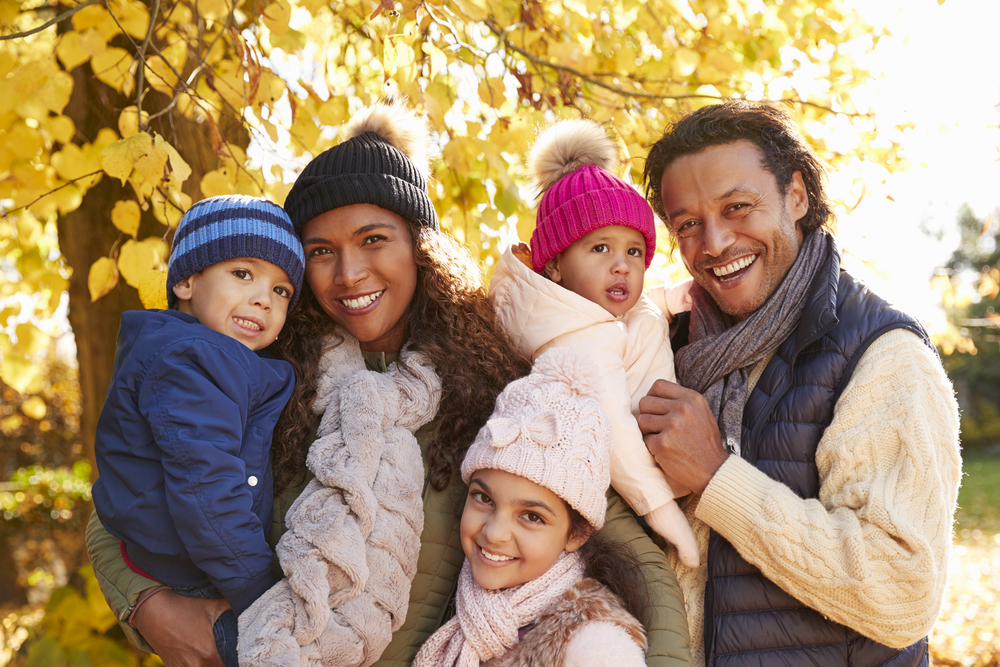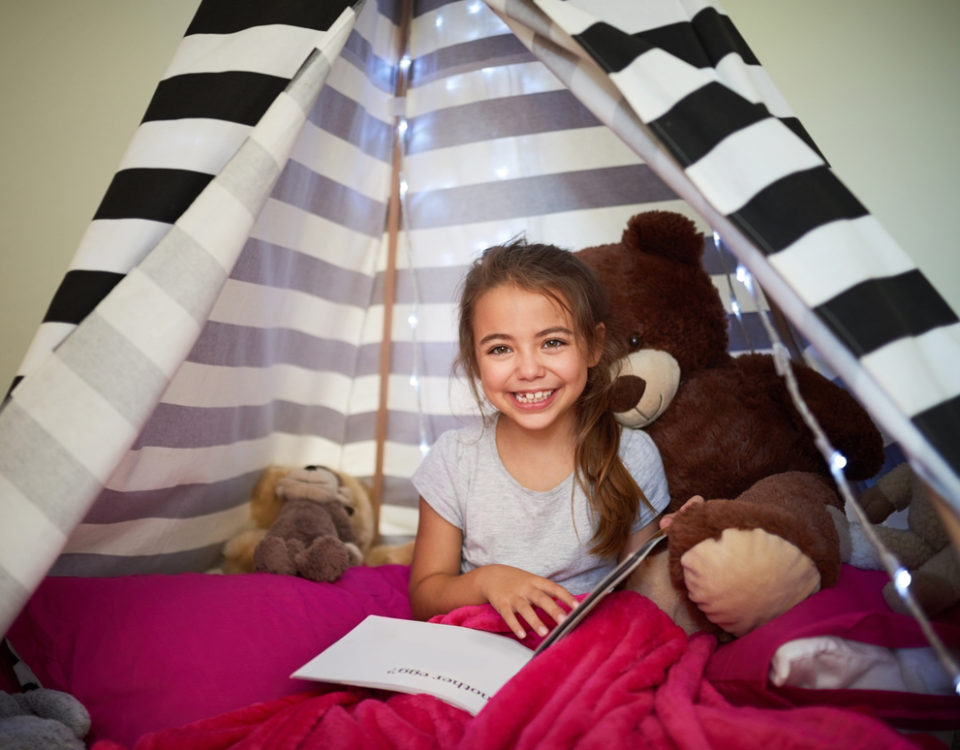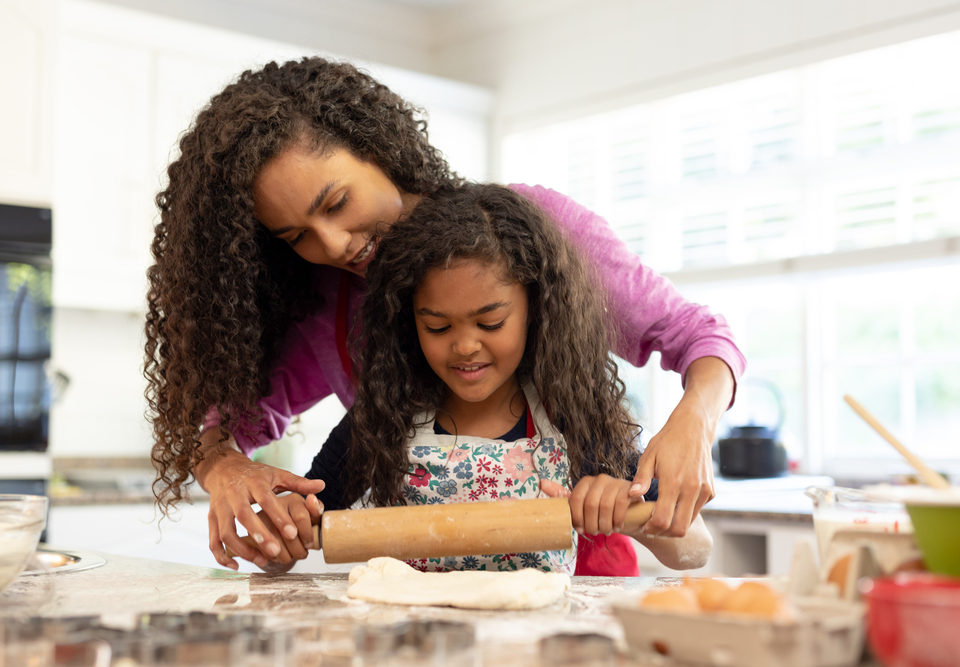
Understanding Difficult Behavior In A Foster Child
September 17, 2021
3 Reasons To Fall In Love With Fostering
November 10, 2021For many children, Halloween is an exciting time of year — a time for fall festivals, dressing up in fun costumes, and trick-or-treating. But sometimes, and for some kids, Halloween can be overwhelming (if not downright scary). This is especially true for youth in foster care. According to Child Advocates, “the same chemicals in the body given off during a stressful situation are given off during a fun and exciting situation.” These are very likely the same chemicals that arise when experiencing trauma.
Fear is a normal part of child development and can bring about some incredibly strong feelings. Young children also have a hard time distinguishing between what is real and what is imaginary, and for children in foster care, frightening images and situations can trigger a fight or flight response. With that said, Halloween is undoubtedly the scariest of all holidays, with creepy costumes and masks, horror movies, and spooky decorations lurking around every corner.
Thankfully, there are steps foster parents can take to help make Halloween a little less overwhelming for foster kids, and a lot more enjoyable. Read on to learn more.
Be Supportive
First and foremost, if your foster child doesn’t want to trick or treat this year, don’t push the issue! Instead, find fun, non-scary ways to celebrate the holiday, like filling a plastic pumpkin with candy at home, baking festive sugar cookies, and watching It’s The Great Pumpkin, Charlie Brown, or a family-friendly Halloween movie. Of course, if your child doesn’t want to celebrate at all, for whatever reason, support that decision and move on — even if Halloween is by far your favorite holiday.
Discuss Expectations
If your foster child decides to go trick-or-treating, help to ease any anxiety by discussing what to expect on the 31st. Decide whether or not you will be going door-to-door or to a trunk-or-treat event, assure them that you will stick together as a family, and teach them trick-or-treat etiquette. One piece of candy from each house is the general rule, and saying thank you is a must. If your child is shy or struggles with verbal expression, these printable trick-or-treat cards may help. It’s also a good idea to decide beforehand how much candy is too much for one night, and check their haul before letting them eat anything.
Keep Your Child’s Needs In Mind
When determining how long you plan to stay out, keep sensory needs in mind. Will there be a lot of people? Will it be noisy? Will they be going to bed later than usual? If your child tires easily or tends to melt down past 8PM, it’s best to start early, stay close to home, and try to stick to your normal bedtime routine as much as possible. When choosing a costume, make sure your child is comfortable. Let them decide what they want to be, but make sure it is weather and age-appropriate first. You can search for clever, last-minutes ideas together, or opt for a store-bought costume. Either way, the goal is to make the day memorable and worry-free.
Every child needs and deserves to grow up safe and protected from abuse and neglect, and caring
foster parents offer children support and stability when they need it most. At Camelot Care Centers, we specialize in higher-level foster care for children and adolescents that need extra support. We partner with our foster parents/homes to provide trauma informed care and additional services, including in-home counseling, parent support and training, tele-psychiatry, and therapeutic mentoring, to maintain children at the least restrictive, yet most appropriate level of care. Camelot Care Centers (“Camelot”) is a Child Welfare Agency.




